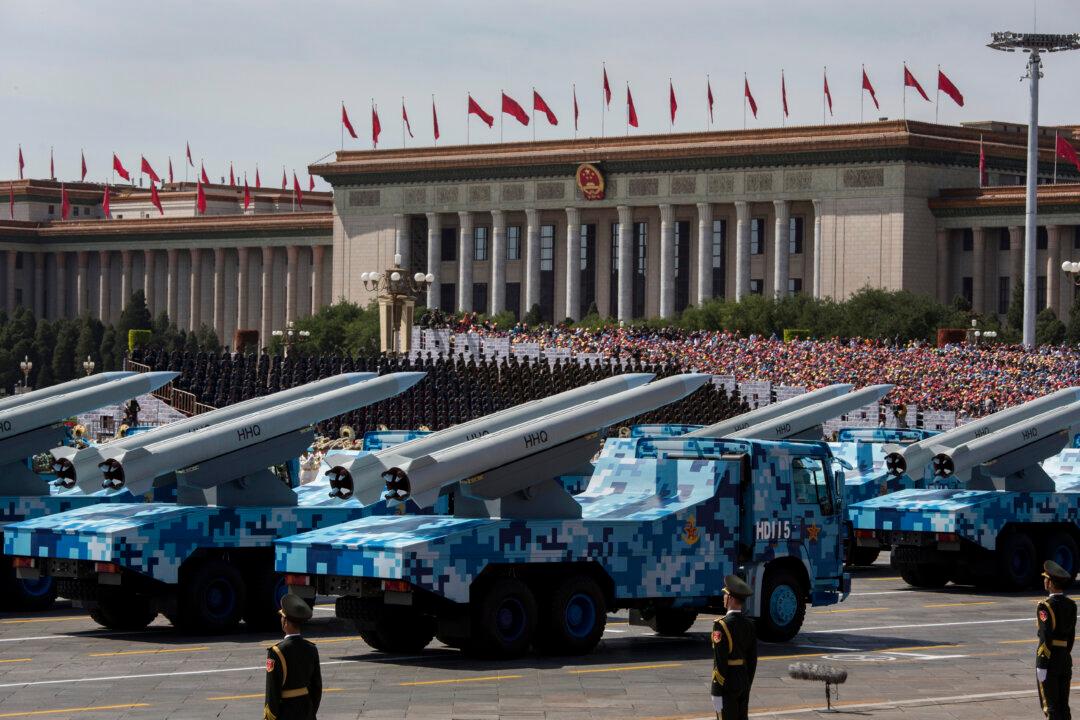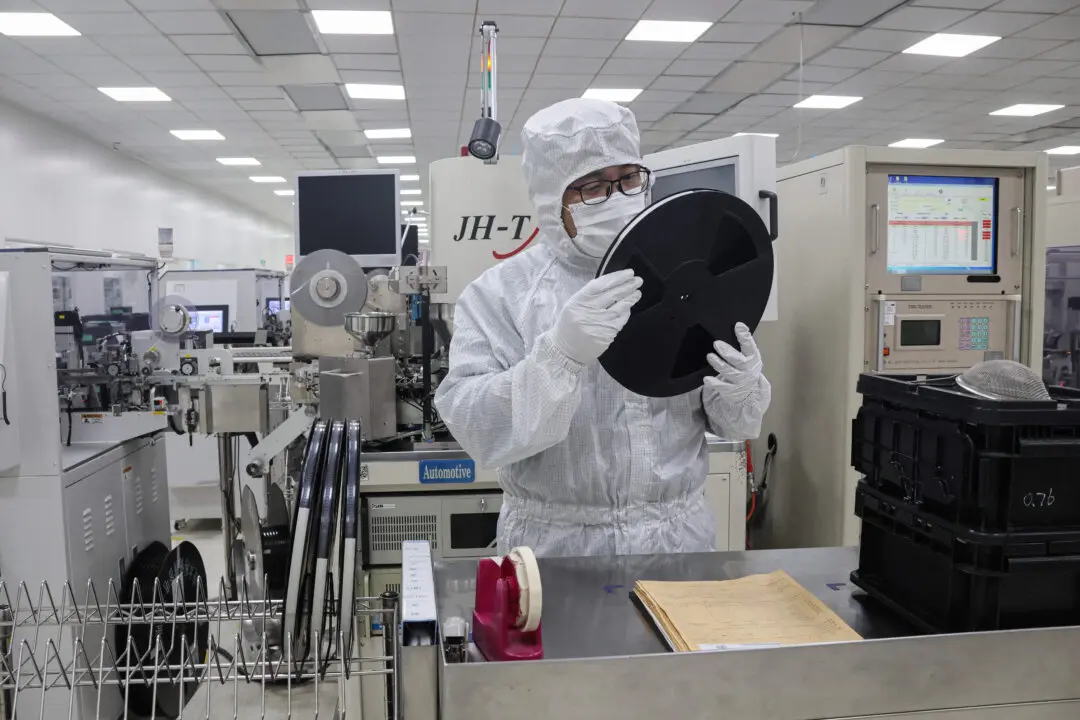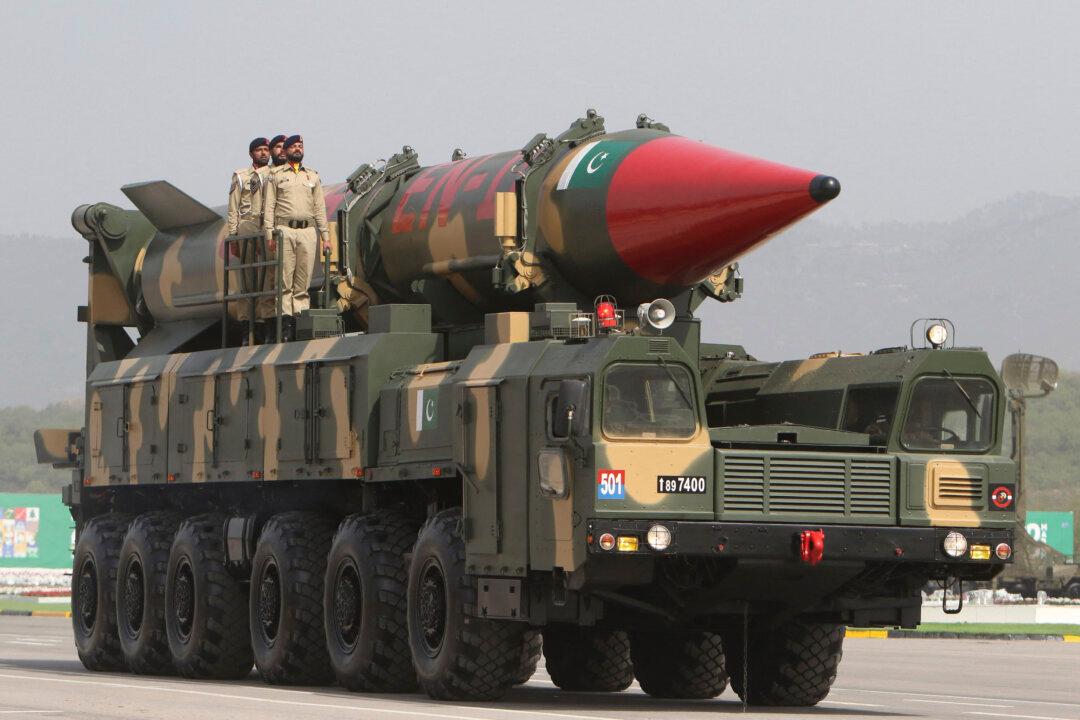Commentary
The United States is facing real threats of near-term war that would create hyper-demand for all types of missiles. So why would Washington allow a constriction of missile technology supply at a time when it should be encouraging an increase in missile production capacity?





